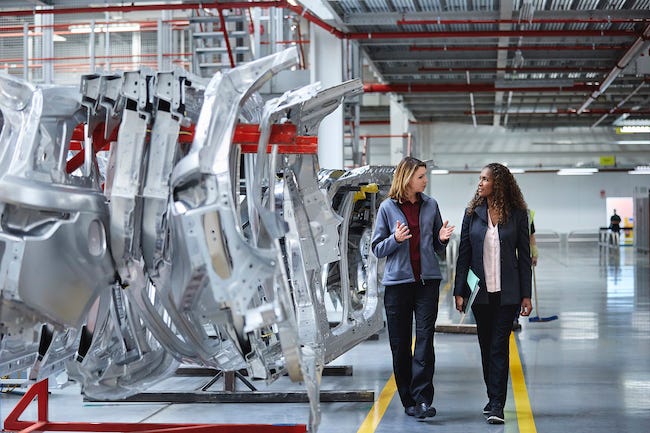A new technique for adding nanocellulose to polymers that minimizes the use of solvents could reduce costs for manufacturers.
June 25, 2020

A new technique for adding nanocellulose to polymers that minimizes the use of solvents could reduce costs for manufacturers. Researchers at Purdue University believe that the method provides a more business-friendly option for using plant-based materials in automotive, packaging, and other applications.
Solvents and similar materials are typically used to improve the dispersion of nanocellulose in polymers, said the researchers. “These methods can be very expensive for manufacturers, who must add additional processes and machinery to comply with emission standards that may be impacted by the use of the solvents,” explained Jeffrey Youngblood, a professor of materials engineering in Purdue’s College of Engineering.
|
The technique of mixing nanocellulose in additives, such as plasticizers, and then compounding that mixture into polymers could be applied to nylons used in the automotive industry, according to the researchers. Image courtesy Purdue University. |
The research team created a method that involves mixing the nanocellulose in additives, such as plasticizers, and then compounding that mixture into the polymer. This technique could be applicable to a variety of polymers, including nylons used in the automotive industry and polylactic acid and ethylene vinyl alcohol copolymer used in food packaging, said a news release on the university website. It reportedly enables nanocellulose to be easily extruded or injection molded into more-sustainable products with better properties.
"We created a way to use the additives that are normally in polymers as the ‘solvent’ to disperse the nanocellulose during melt processing,” Youngblood said. “In this way, you still have increased properties, but without the pieces of the manufacturing process that require additional emissions-lowering components. This makes the process of using the nanocellulose, which is biodegradable, more sustainable, as well.”
Youngblood said the main advantages to the Purdue technique for large-scale polymer production are:
Solvent-free compounding of nanocellulose into polymers; and
homogenous mixture of hydrophilic nanocellulose and hydrophobic polymer.
The innovators have worked with the Purdue Research Foundation Office of Technology Commercialization to patent the technology. They are looking for additional partners and those interested in licensing the technology. For more information, contact Dipak Narula and reference track code 68912.
About the Author(s)
You May Also Like




